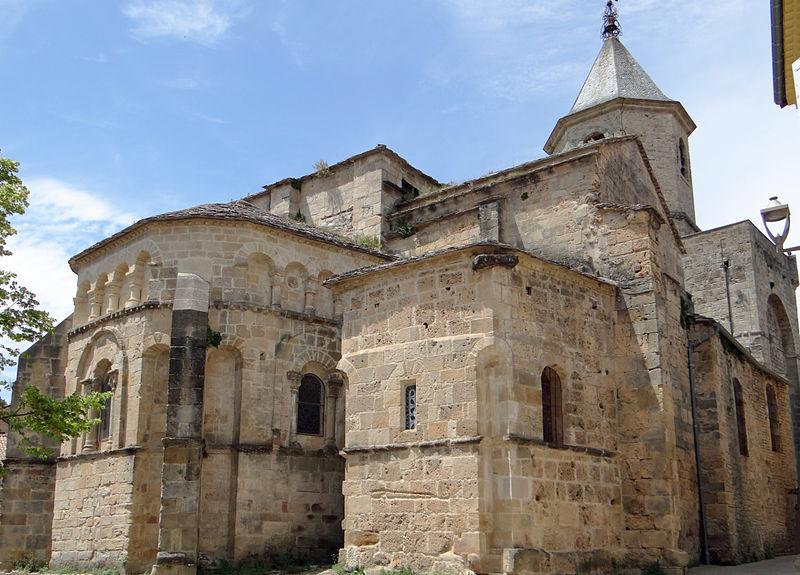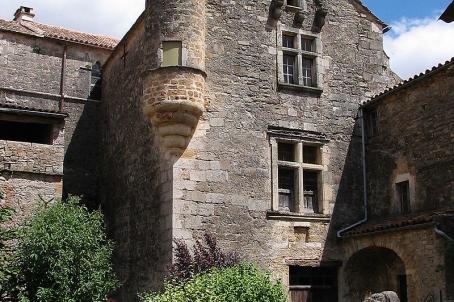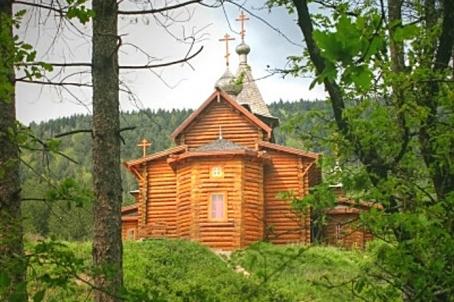Church of Saint Peter, Nant
The church is located in the French department of Aveyron, in the town of Nant. The town of Nant is located at the confluence of two rivers, the Dourbie and the Durzon, between Grands Causses and CÈvennes. Gallia Christiana reports the legend making the monastery of Saint-Pierre was a creation of Saint Amand, Bishop of Maastricht, in the kingdom of Austrasia, around 669. The monastery would have been destroyed a century later by the Saracens. The first text quoting the Church of Saint-Pierre dates from February 11, 926. Bernard, viscount of Rouergue, and his wife, Udalgarde, give the abbey of Vabres all the goods they have in Nant, including a statue of Saint Peter, to build a monastery dedicated to Saint Peter of Rome. The monastery of Nant received numerous donations from the counts of Toulouse and Rouergue during the 11th century. In 961, Raymond I, count of Rouergue, bequeathed property to the priory. The Bishop of Lodêve, Fulcrand, donated his share in the family chateau of Roquefeuil in 988. In the 11th century, the Saint-Victor abbey in Marseille led a policy of expansion in the southern Rourgue. In 1082, ÈvÍque de Rodez submited the Saint-Amans de Rodez abbey and the Vabres abbey, with their outbuildings, to Saint-Victor abbey.
About this building
This building comprises several buildings, in stone. A massive bell tower precedes the latter, the bell chamber stands out from the rest by its shape: it is polygonal in plan, surmounted by a roof. The Church is oriented. It has a length of 37 meters, about 20 meters in width and a height of 13 to 14 meters. The plan of the Church is in Latin cross. The nave is composed of three spans with narrow collaterals ending on an overhanging transept. The construction of side chapels disrupted this plan. The chapels of the second span go back to the 14th century, those of the third span, to the 19th century.






